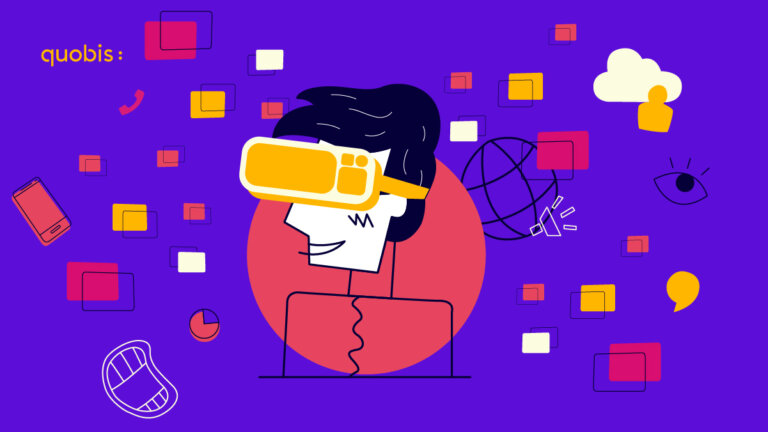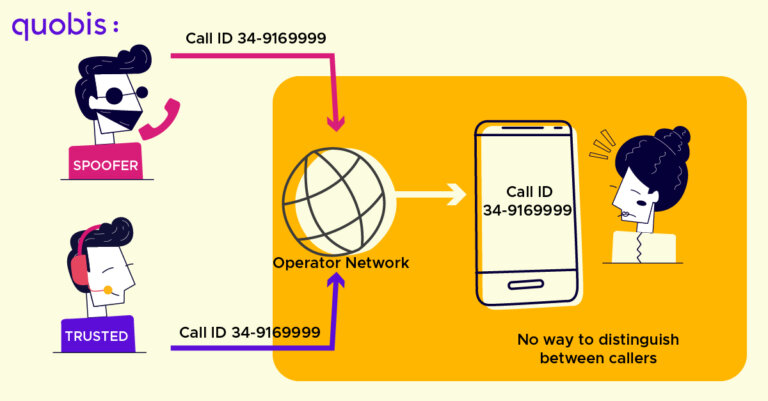Advantages and disadvantages of hybrid and native apps
are those built for each OS using the specific framework of the environment. This means that an application needs to be developed for each of the environments. The bright side is that the application can interact directly with the device operating system meaning you gain a better experience and optimized application at the cost of time and resources. These are the main benefits and disadvantages.
Benefits:
- Optimized user experience per operating system.
- Direct access to the OS features.
- Better performance of the application.
- The apps can work whether you have internet connection or not.
Disadvantages:
As mentioned above the usage of a wrapped browser is what conditions this sort of apps. Mainly the disadvantages are:
- You need various code sources, one for each operating system (even by device, I.E: Smartwatches)
- Costlier to maintain, a team is required to support each of the apps.
- Updates need to be done for each platform.
As stated previously there are pros and cons for creating a native and hybrid app and the decision on which type of app will be the optimal to develop will depend on the specific needs of the organization and the end user experience you want to deliver.
Whatever you decide you should always think about the end user experience, a great idea will not matter if the user experience does not follow suit. So always keep in mind that user experience is more important than costs when making this sort of decision. As an example in Quobis we decided to develop our apps as native apps, we firmly believe that user experience should never be sacrificed for short term savings. Users are the judge, jury and executioner when it comes to success in the market so providing a solid, tailored experience per device was our main driver when deciding whether to create a hybrid or native app.







